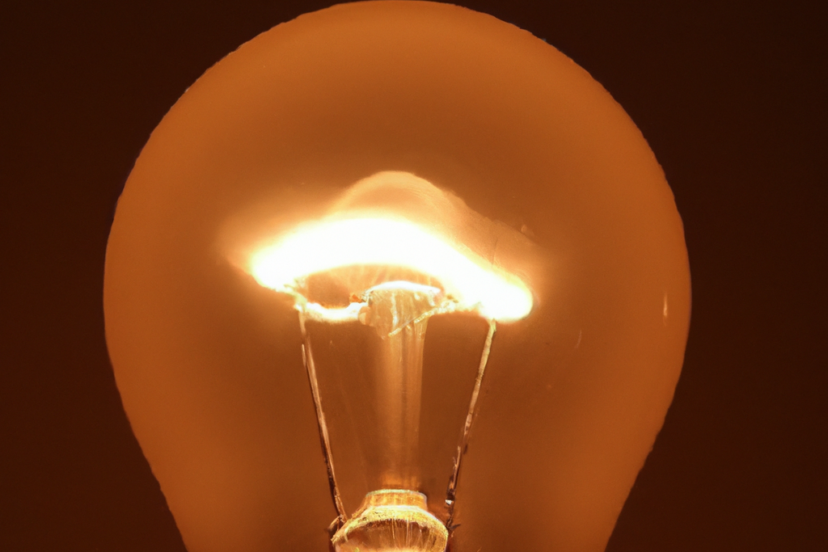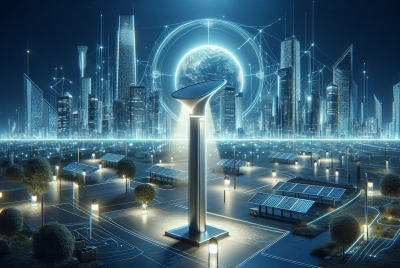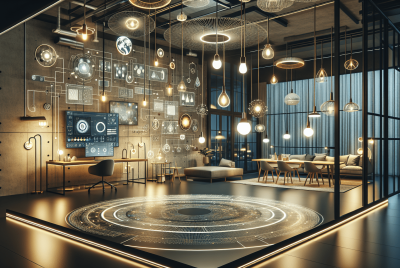Efficiency Matters: Choosing Energy-Saving Home Lighting Solutions
In our modern world, energy efficiency has become a pressing issue, prompting us to rethink and reevaluate our consumption habits. When it comes to lighting our homes, choosing the right kind of bulbs can make a significant impact on energy usage and cost savings. This article will explore the importance of energy-saving home lighting solutions and provide you with practical tips on how to choose the most efficient options for your living spaces. Whether you are looking to reduce your carbon footprint, lower your electricity bill, or simply create a more pleasant atmosphere, understanding the benefits of energy-saving lighting is crucial. So let’s shed some light on this topic and discover a brighter future for our homes.
Understanding Energy-Saving Lighting
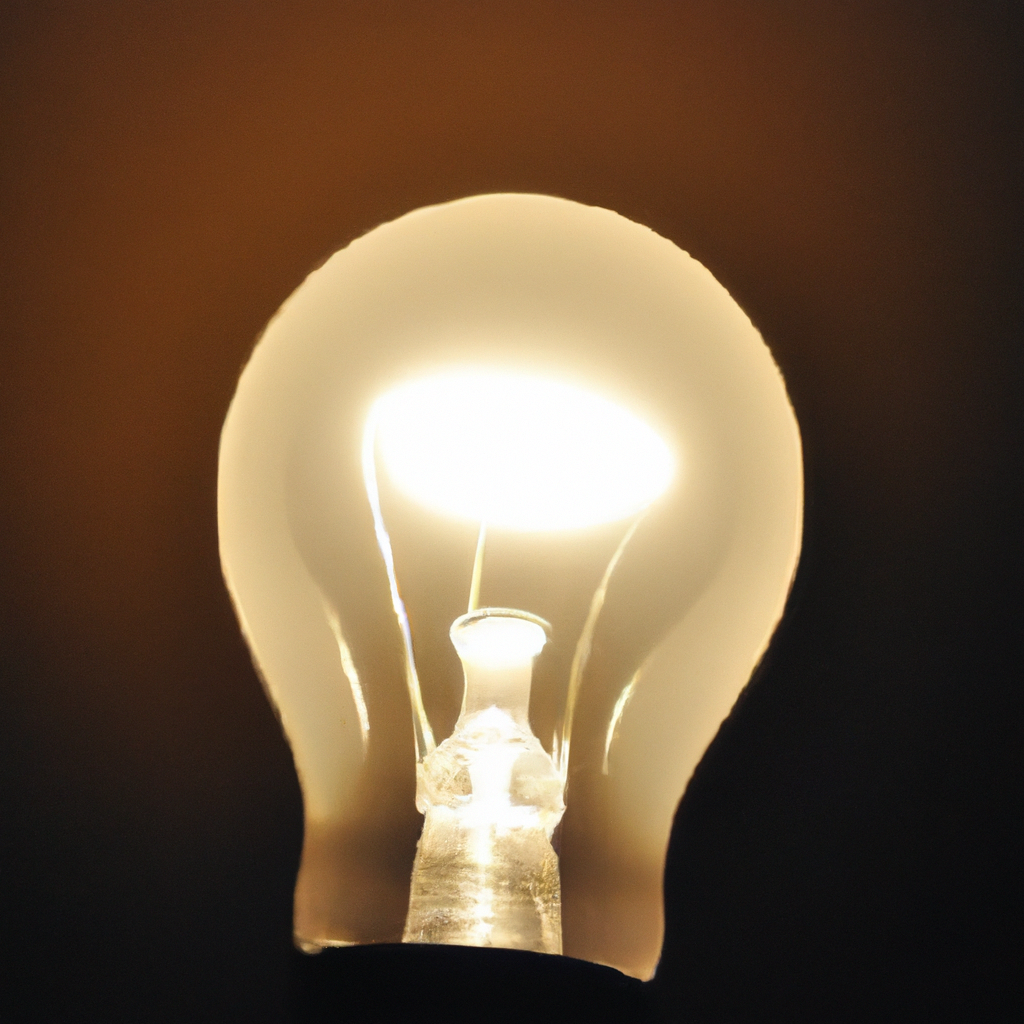
The importance of energy-saving lighting
Energy-saving lighting is not just a trend, but a crucial step towards sustainability and reducing carbon emissions. With the increasing demand for electricity and the impact of energy consumption on the environment, it is essential to understand the importance of energy-saving lighting. By using more efficient lighting solutions, you can reduce your energy consumption significantly and contribute to a greener future.
Different types of energy-saving lighting
There are several types of energy-saving lighting options available in the market today. These include incandescent bulbs, halogen bulbs, CFL (Compact Fluorescent Light) bulbs, and LED (Light Emitting Diode) bulbs. Each type has its unique characteristics and benefits, and understanding them can help you make an informed decision for your lighting needs.
How energy-saving lighting works
Energy-saving lighting works by utilizing technology that enhances the efficiency of light production while minimizing energy consumption. Unlike traditional lighting, which wastes a significant amount of energy as heat, energy-saving lighting options convert more of the electrical energy into visible light. This efficiency not only reduces energy consumption but also extends the lifespan of the bulbs, resulting in long-term cost savings.
Benefits of Energy-Saving Lighting
Reduced energy consumption
One of the primary benefits of energy-saving lighting is its ability to reduce energy consumption. By using more efficient lighting options such as LED bulbs, you can achieve the same level of brightness while consuming significantly less electricity.
Lower electricity bills
Lower electricity bills are a direct result of reduced energy consumption. Energy-saving lighting solutions, such as LED bulbs, can help you save a substantial amount of money on your electricity bills in the long run. While the initial cost of energy-saving bulbs may be slightly higher than traditional bulbs, the long-term savings outweigh the upfront investment.
Extended lifespan of bulbs
Energy-saving lighting options, especially LED bulbs, have a significantly longer lifespan compared to traditional bulbs. LED bulbs can last up to 25 times longer than incandescent bulbs, reducing the frequency of bulb replacements and saving you both time and money.
Environmentally friendly
Energy-saving lighting is environmentally friendly due to its lower energy consumption and reduced carbon footprint. By using more efficient lighting options, you directly contribute to reducing greenhouse gas emissions and preserving natural resources.
Improved home safety
Energy-saving lighting, particularly in outdoor areas like driveways and pathways, can enhance home safety and security. Well-lit surroundings deter potential intruders and provide better visibility during nighttime activities, reducing the risk of accidents or falls.
Comparing Traditional Lighting with Energy-Saving Solutions
Incandescent bulbs
Incandescent bulbs are the traditional lighting solution that has been used for centuries. However, they are highly inefficient as they convert a significant amount of energy into heat rather than visible light. These bulbs have a short lifespan and consume a lot of electricity, making them less ideal for energy-saving purposes.
Halogen bulbs
Halogen bulbs are an improvement over incandescent bulbs as they are more energy-efficient and have a longer lifespan. However, they still have a higher energy consumption compared to newer energy-saving options such as CFL and LED bulbs.
CFL (Compact Fluorescent Light) bulbs
CFL bulbs are more energy-efficient than both incandescent and halogen bulbs. They produce light by passing an electric current through a tube filled with argon and mercury vapor, which gives off ultraviolet light. The ultraviolet light then reacts with the phosphor coating inside the tube to produce visible light. Although CFL bulbs are more efficient than incandescent or halogen bulbs, they contain small amounts of toxic mercury, requiring proper disposal.
LED (Light Emitting Diode) bulbs
LED bulbs are the most energy-efficient and environmentally friendly lighting option available today. They consume significantly less energy, produce very little heat, and have a long lifespan. LED bulbs do not contain any toxic substances, making them safe for both the environment and human health. They are also versatile, offering a wide range of brightness levels and color temperatures.
Key differences between traditional and energy-saving lighting
When comparing traditional lighting with energy-saving options, the key differences lie in energy efficiency, lifespan, and environmental impact. Energy-saving lighting options consume less electricity, have a longer lifespan, and produce less heat. They also have a lower carbon footprint and do not contain toxic substances like mercury, making them a superior choice for both economic and environmental reasons.
Factors to Consider when Choosing Energy-Saving Lighting
Brightness requirements
Consider the brightness requirements for each room or area when choosing energy-saving lighting. Determine whether you need bright, focused lighting for tasks or softer ambient lighting for relaxation.
Color temperature
Color temperature refers to the warmth or coolness of the light emitted by a bulb. Consider the color temperature that best suits the mood and functionality of each room. Warmer color temperatures (yellowish) are suitable for areas where you want a cozy and relaxed atmosphere, while cooler color temperatures (bluish) are ideal for areas where you need focus and productivity.
Dimmability
If you prefer to have control over the intensity of the lighting, especially in spaces like the living room or bedroom, consider choosing energy-saving bulbs that are dimmable. This allows you to adjust the brightness according to your preference and the specific needs of the room or activity.
Compatibility with existing fixtures
Ensure that the energy-saving lighting option you choose is compatible with your existing fixtures. Consider the bulb size, shape, and base type to ensure a proper fit.
Cost considerations
While energy-saving lighting options may have a higher upfront cost than traditional bulbs, they provide long-term savings through reduced energy consumption and longer lifespan. Consider the cost-effectiveness of the bulbs over time rather than just the initial cost.
Ease of installation
Consider the ease of installation when choosing energy-saving lighting. Some types of fixtures or bulbs may require professional installation, while others are more user-friendly and can be easily installed without professional assistance.
Different Energy-Saving Lighting Fixtures
Recessed lighting
Recessed lighting fixtures are installed into the ceiling and provide a sleek and modern look. They are ideal for providing general lighting in a room or highlighting specific areas or objects.
Pendant lighting
Pendant lighting fixtures hang from the ceiling with a single cord or chain, offering a modern and stylish lighting solution. They are commonly used in kitchens and dining areas to provide task and ambient lighting.
Track lighting
Track lighting consists of a series of adjustable light fixtures mounted on a track system. This type of lighting allows you to direct the light where it is needed, making it ideal for accent lighting or highlighting specific objects or areas.
Chandeliers
Chandeliers are decorative lighting fixtures that hang from the ceiling and often feature multiple light sources. They add elegance and style to a room and are commonly used in dining rooms, entryways, and living rooms.
Under cabinet lighting
Under cabinet lighting is installed underneath kitchen cabinets to provide task lighting for food preparation and cooking. It enhances visibility on countertops and adds a touch of ambiance to the kitchen.
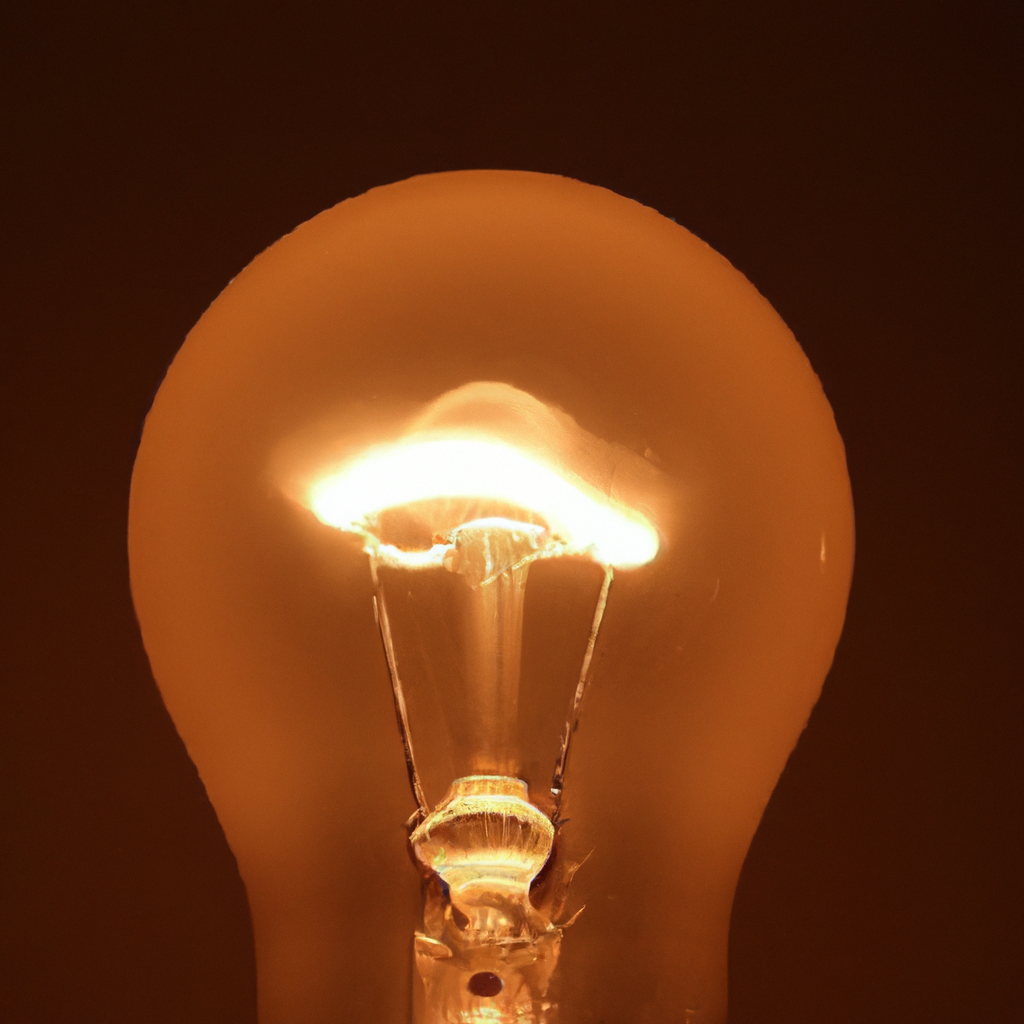
Table lamps and floor lamps
Table lamps and floor lamps are versatile lighting fixtures that can be easily moved around and placed wherever additional lighting is needed. They offer both task lighting and ambient lighting, making them suitable for various rooms and purposes.
Tips for Energy-Efficient Lighting Design
Utilize natural light
Make the most of natural light by strategically placing windows, skylights, and light-colored surfaces to maximize daylight. This helps reduce the need for artificial lighting during the day.
Proper placement of lighting fixtures
Consider the placement of lighting fixtures to ensure even distribution of light throughout the room. Avoid shadows and dark areas by placing fixtures at appropriate heights and angles.
Task lighting vs. ambient lighting
Determine the specific lighting needs of each area and choose between task lighting and ambient lighting accordingly. Task lighting is focused and tailored to specific activities, such as reading or cooking, while ambient lighting provides overall illumination for the entire space.
Use of lighting controls
Install lighting controls such as dimmer switches, motion sensors, and timers to have better control over the lighting and reduce unnecessary energy consumption. Dimming the lights can create a cozy atmosphere, while motion sensors and timers ensure that lights are turned off when not in use.
Zoning and grouping of lights
Consider zoning and grouping of lights to provide customized lighting solutions for different areas or activities within a room. This allows you to have separate controls and adjust the lighting according to specific needs.
Avoid over-illumination
While it is important to have adequate lighting, over-illumination can waste energy and create a harsh and uncomfortable atmosphere. Strike a balance between brightness and energy consumption to ensure a pleasant and efficient lighting environment.
Common Misconceptions about Energy-Saving Lighting
Energy-saving lighting is too expensive
Although energy-saving lighting options may have a slightly higher upfront cost compared to traditional bulbs, the long-term cost savings outweigh the initial investment. Energy-saving bulbs consume less electricity and have a longer lifespan, resulting in significant energy and cost savings over time.
LED lighting is always harsh and unnatural
LED lighting has come a long way in terms of technology and design. Modern LED bulbs are available in a wide range of color temperatures, including warm white options that closely resemble traditional incandescent lighting. LED bulbs offer versatility and can create a warm and natural lighting ambiance.
Energy-saving lighting takes time to illuminate fully
Unlike some traditional bulbs that reach full brightness immediately, certain energy-saving options like CFL bulbs may take a few seconds to reach their maximum brightness. However, LED bulbs provide instant illumination without any delay, making them a convenient and efficient lighting choice.
Choosing the Right Energy-Saving Bulbs for Each Room
Living room
In the living room, a combination of ambient lighting and task lighting is ideal. Choose LED bulbs with warm color temperatures for a cozy and inviting atmosphere. Consider dimmable bulbs to create different lighting moods and preferences.
Kitchen
In the kitchen, bright and focused lighting is essential for food preparation and cooking activities. LED under cabinet lighting and pendant lights with cool color temperatures are suitable for task lighting. Install adjustable track lighting to illuminate specific areas or highlight kitchen features.
Bedroom
In the bedroom, a mix of ambient lighting and reading lights is recommended. LED bulbs with warm color temperatures create a relaxing environment, while adjustable table lamps or wall-mounted sconces provide focused reading light.
Bathroom
In the bathroom, bright and evenly distributed lighting is crucial. Consider LED vanity lights or wall sconces with cool color temperatures for adequate task lighting. Add dimmers to create a relaxing atmosphere for bathing.
Home office
In the home office, task lighting is essential for productivity. LED desk lamps with adjustable brightness levels and color temperatures provide focused lighting for work. Supplement with ambient lighting options like floor lamps or track lighting for overall illumination.
Maintenance and Care of Energy-Saving Lighting
Cleaning guidelines
To maintain optimal performance, it is important to regularly clean your energy-saving light fixtures. Use a soft cloth or microfiber duster to remove dust and debris from the bulbs and fixtures. Avoid using harsh cleaning agents or abrasive materials that could damage the bulbs.
Replacing bulbs
When replacing bulbs in energy-saving lighting fixtures, always ensure that the power is turned off. Follow the manufacturer’s instructions for proper bulb replacement, including the correct bulb wattage and base type. Dispose of old bulbs according to local regulations.
Proper disposal of old bulbs
Certain types of energy-saving bulbs, such as CFL bulbs, contain small amounts of toxic mercury and should be disposed of properly. Contact your local waste management or recycling facility for information on how to safely dispose of these bulbs and other electronic waste.
Conclusion
Understanding and implementing energy-saving lighting solutions is not only beneficial for the environment but also for your wallet. By choosing energy-saving bulbs and fixtures, you can reduce your energy consumption, lower your electricity bills, and contribute to a greener future. Consider factors such as brightness requirements, color temperature, and compatibility with existing fixtures when choosing energy-saving lighting. With proper maintenance and care, energy-saving lighting can provide efficient and long-lasting illumination for every room in your home. So make the switch to energy-saving lighting today and enjoy the many benefits it offers. Efficiency truly matters when it comes to choosing energy-saving home lighting solutions.

